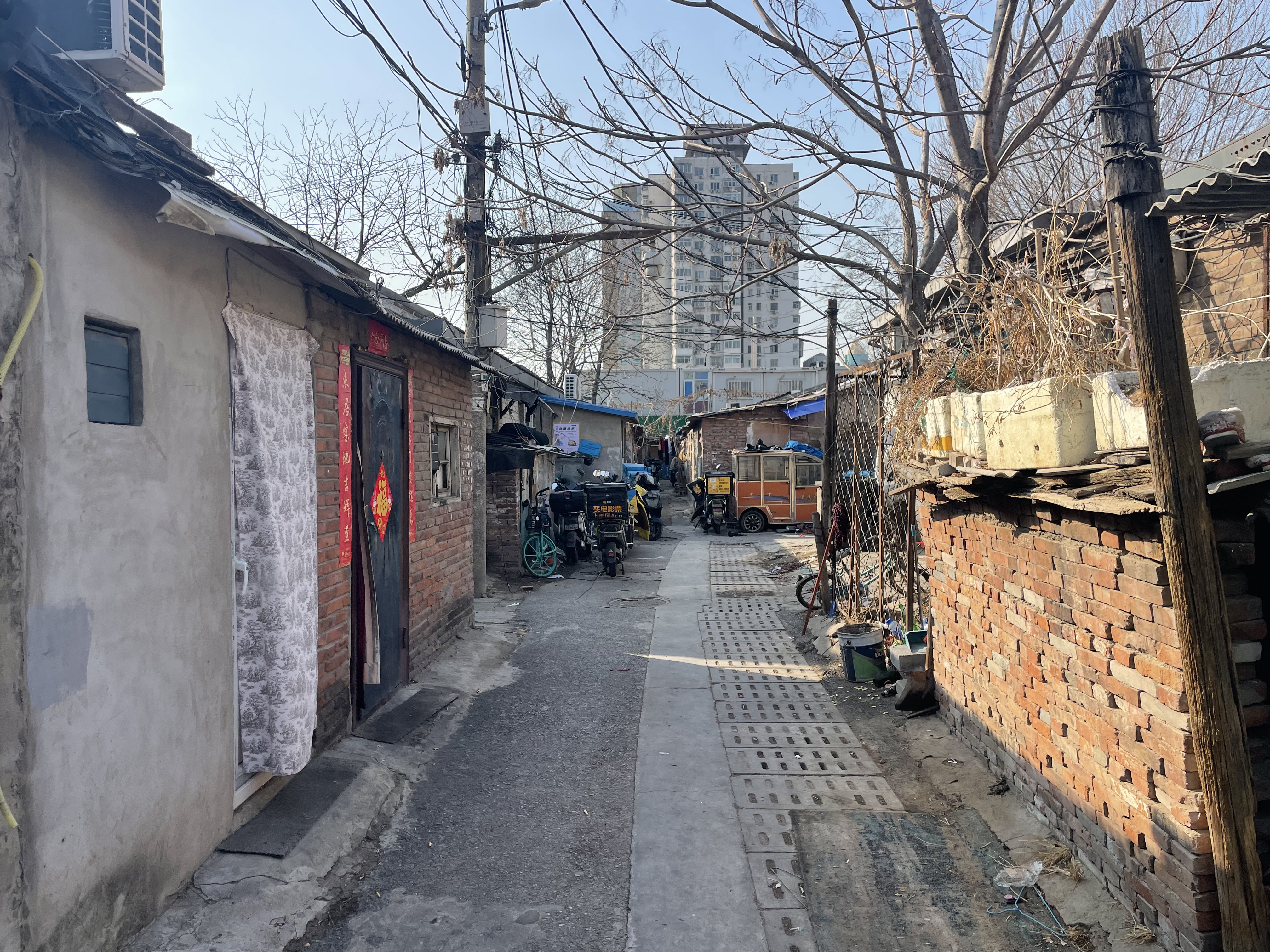Saying Bye to Huashiying: A Look at the CBD's Last Shantytown
Amidst the towering skyscrapers and night lights lies an area of CBD that is steeped in contrast. On the one hand, it is an area surrounded by the hustle and bustle of high-end business and catering, yet on the other, it's also home to a shantytown almost forgotten. Although the area maintains its plush and vibrant appearance, the realities of this contrast remain hidden from the naked eye.

Welcome to Huashiying
This community of stark contrasts, located in the heart of Guandongdian North Street, is called 化石营 Huàshí yíng.
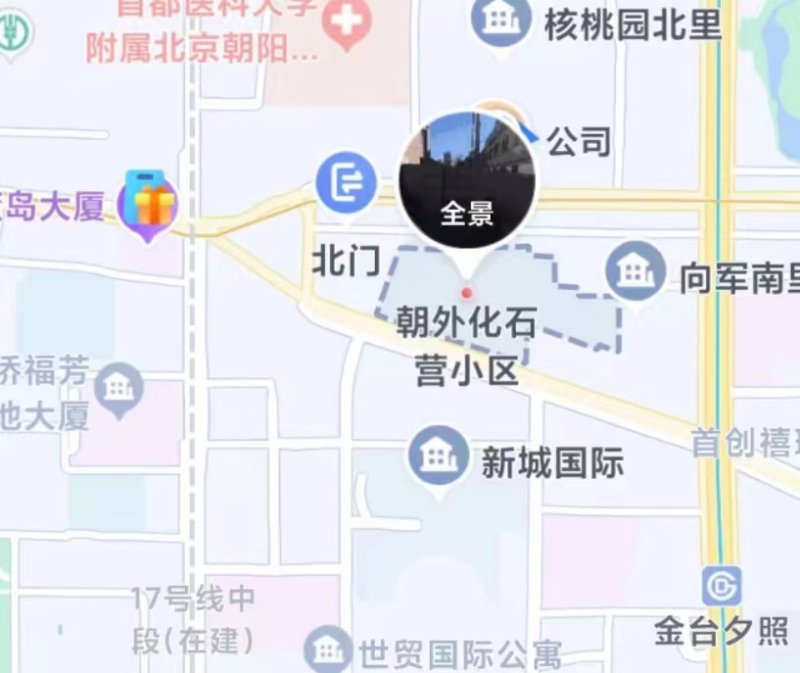
In recent years, many old hutongs of Beijing are undergoing a renaissance, having been recently renovated and turned into peaceful and calm streets, without the loud chaos of vendors and demolished walls.
In this community, however, you can still see exposed sewers, stalls, and vendors selling vegetables and fruits along the sides of the roads. Even the stores are bare-bones, with owners needing to lean or even climb out of windows to communicate with customers.

Despite its humble appearance, this community has made quite a splash -- with nighttime images of the area winning awards internationally in the 2020 iPhone Night Mode Global Photo Contest. Apple CEO Tim Cook praised the street for its intimate and expansive atmosphere -- likely a result of the juxtaposition of these high-rise buildings towering in the distance. This contrast of the impressive skyline and the humble, everyday life of the community gives it a unique charm and captivating presence.

A Story to Tell
Beijing's Huashiying (or Fossil Camp in English) has a story to tell, with labels like urban legend, old industrial hunt, and gamer hangout spot. While it may look like an old Beijing hutong with hundreds of years of history, it was actually constructed in the 1950s.

This street is steeped in mystery, with the origin of the neighborhood's name lost to time. However, an urban legend exists that the site was once a burial ground during the Anti-Japanese War -- known as Corpse Camp -- and was later renamed to Fossil Camp.
After the 1950s, Huashiying was transformed by the influx of old-generation clothing factories and pharmaceutical factories. Home to the 3501 Clothing Factory's dorms, the area soon became a reflection of the decline of industrial cities in the Northeast, with the dorms' residents gradually moving out and the area falling into decline.
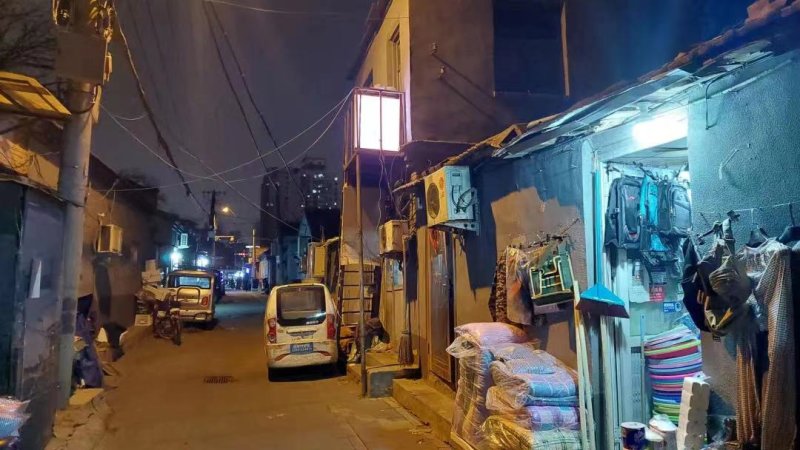
However, Huashiying soon saw an increase in new residents due to its low rent prices, which drew in many migrant city workers in search of an affordable place to live.
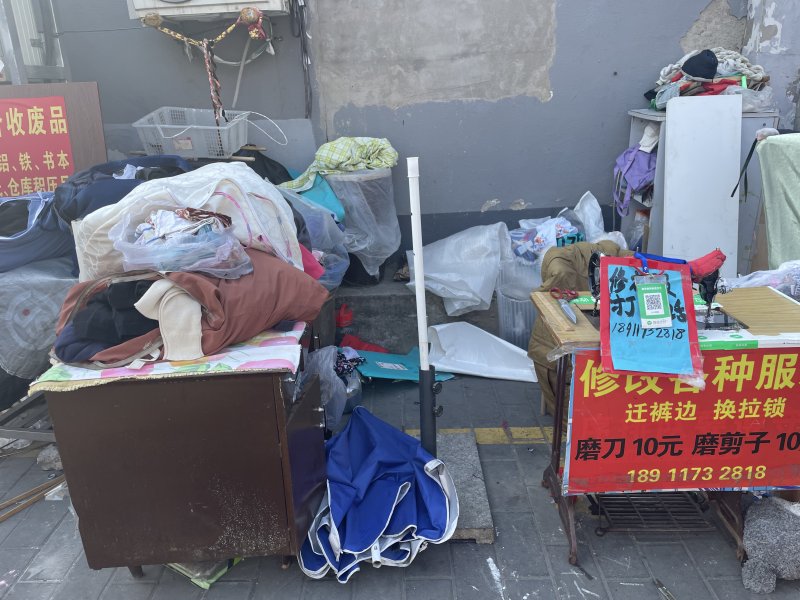
The area was also once a popular spot for the post-80s generation, providing an affordable option for DVDs and game discs stores when they first became popular. Though it may look shabby, Huashiying is a place of nostalgia and treasure for many Beijingers.
On the Decline
Huashiying has been in the midst of a transformation since the 1990s, with the large resident population requiring a gradual demolition process. On our visit, we were pleasantly surprised to find a craft beer shop among the buildings, though many of the other buildings were over 70-years-old and severely dilapidated.
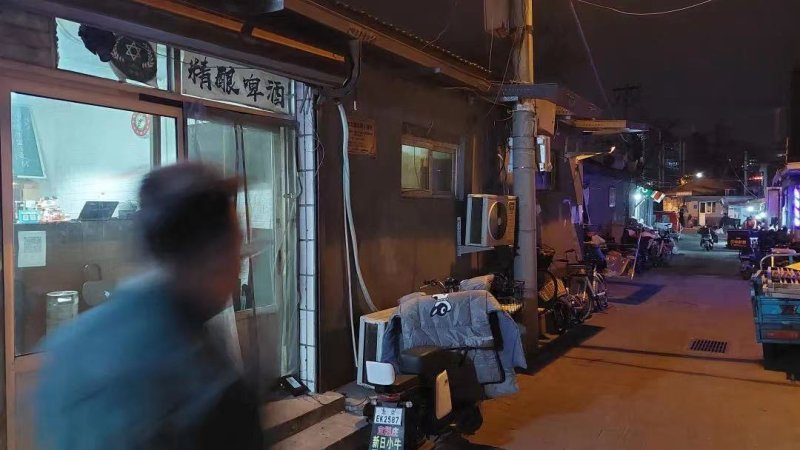
Huashiying appears to be a deep well when surveyed above from one of the CBD's massive towers. It is uncertain what the future of this area holds, but reports suggest that the majority of residents of Huashiying have agreed to relocate, meaning the area may soon be gone, along with the memories of buying DVDs and the snippets of life from vendors selling their goods.
Although we are saddened to see Huashiying go, we hope that it will be able to give the entire community a fresh and vibrant makeover. Let's bid farewell to Huashiying, just like we did with Sanlitun Bar Street!
READ: Looking Back on a Visit to Sanlitun Bar Street to Bid Farewell
Images: Wangtian, Irene Li

